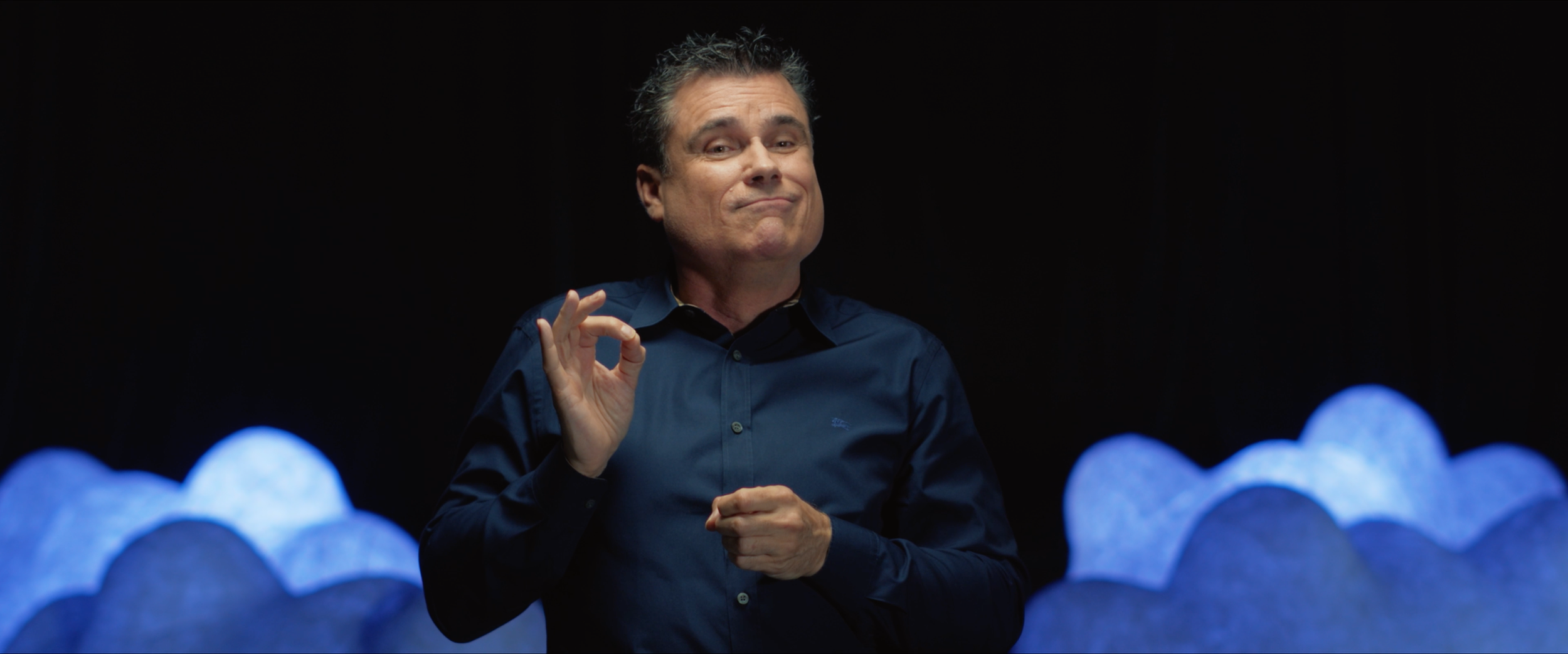

Closed Captioning Services

ASL Services
National
British Columbia
Wavefront Centre (Vancouver)
Island Deaf + Hard of Hearing Centre (Vancouver Island)
Alberta
Saskatchewan
Manitoba
Ontario
Quebec
New Brunswick
Newfoundland and Labrador
Nova Scotia
Yukon

Accessibility Funding Opportunities

Deaf Language Glossary
-
A medical/audiological term referring to those people who have little or no functional hearing (deaf, Deaf, and deafened). May also be used as a collective noun (“the deaf” or “small-d deaf”) to refer to people who are medically deaf but who do not necessarily identify with the Deaf community. In addition, children who are deaf are usually referred to as “deaf” because they may not yet have been socialized into either the Deaf or the non-Deaf culture. If they use Sign as their first language, they are referred to as “Deaf”.
-
A sociological term referring to those individuals who are medically deaf or hard of hearing who identify with and participate in the culture, society, and language of Deaf people, which is based on Sign language. Their preferred mode of communication is Sign.
-
Used as a collective noun to refer to both those “Deaf” people who identify with the Deaf culture and those “deaf” people who do not.
-
Unacceptable. A deaf person may choose not to use his/her voice; this does not make him/her a “mute”.
-
Although it has been used for many years to refer to people who have disabilities in addition to deafness, the preferred terms now are “Deaf with mental disabilities”, “Deaf-blind”, “Deaf with CP”, etc.
-
Offensive
-
This is both a medical and a sociological term referring to individuals who have become deaf later in life and who may not be able to identify with either the Deaf or the hard of hearing communities.
-
A person whose hearing loss ranges from mild to profound and whose usual means of communication is speech. It is both a medical and a sociological term.
-
This term is not acceptable in referring to people with a hearing loss. “Hearing impairment” is a medical condition; it is not a collective noun for people who have varying degrees of hearing loss. It also fails to recognize the differences between the Deaf and the hard of hearing communities.
-
A deaf person whose preferred mode of communication is Sign language.
-
A deaf person whose preferred mode of communication is verbal and auditory. An oral deaf person who can both Sign and speak can be considered “Deaf” if he/she is accepted as such by other Deaf persons and uses Sign within the Deaf community.
-
Acceptable but overly sensitive substitute for “deaf”.
-
Term used to distinguish between the Deaf community and all other people including hearing, hard of hearing, deafened, and oral deaf.
-
The official language of the Deaf community. Should always be capitalized, just as “English” and “French” are capitalized, because all three are legitimate languages. (We recognize that capitalization of language/culture names is not a common feature of most languages, but it is so in English.)
-
The proper acronym for the special devices used by D/deaf, hard of hearing, and hearing people to communicate with each other through the telephone system. The French term is ATS.
-
No longer acceptable as the acronym for special telephone devices.
-
Used in some European countries and by the Federal Communications Commission of the United States as a substitute term for “TTY”. Not accepted in Canada because it is a hearing-invented term and because the Sign for it is impolite in ASL.
source: Canadian Association of the Deaf
